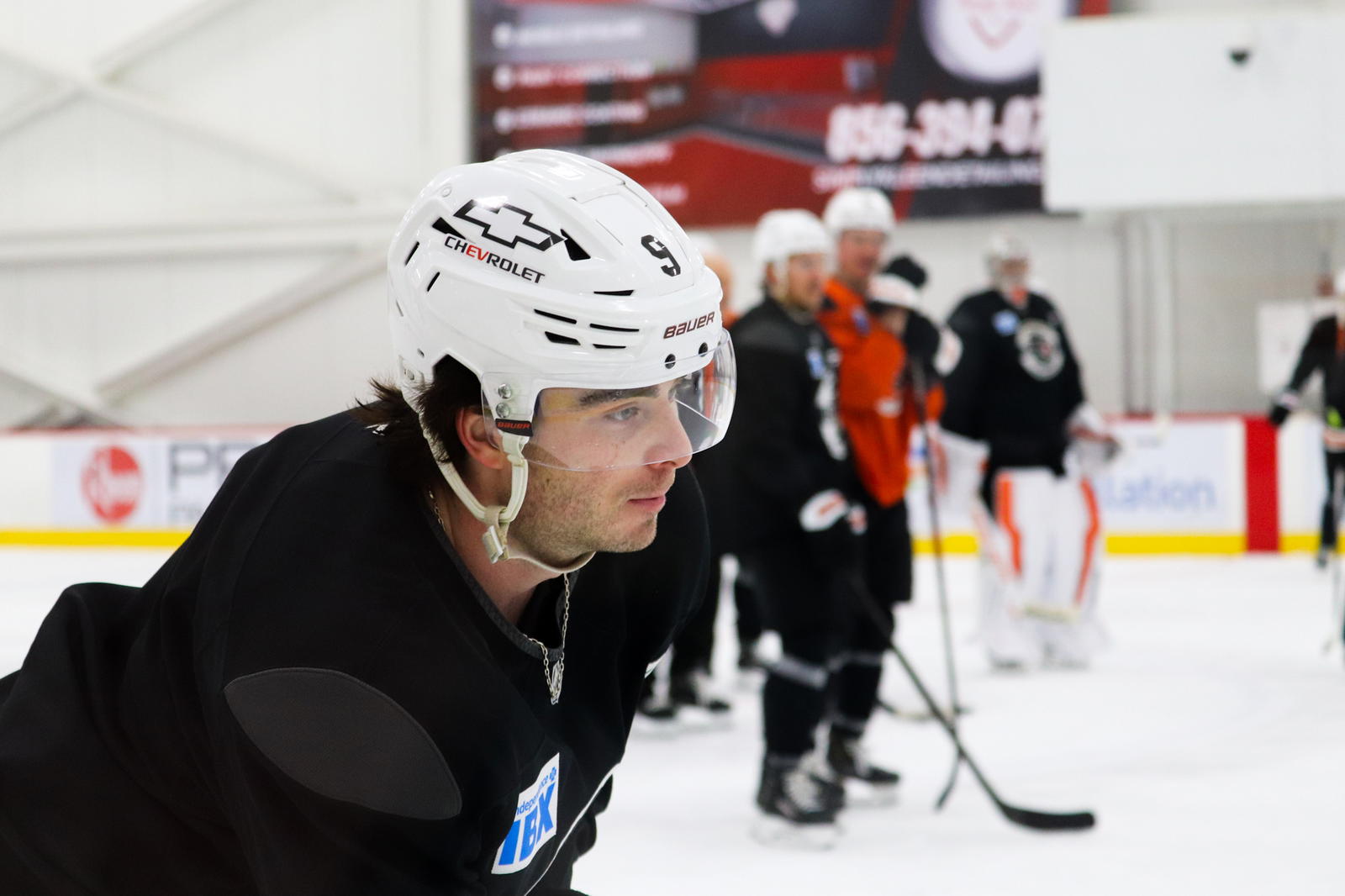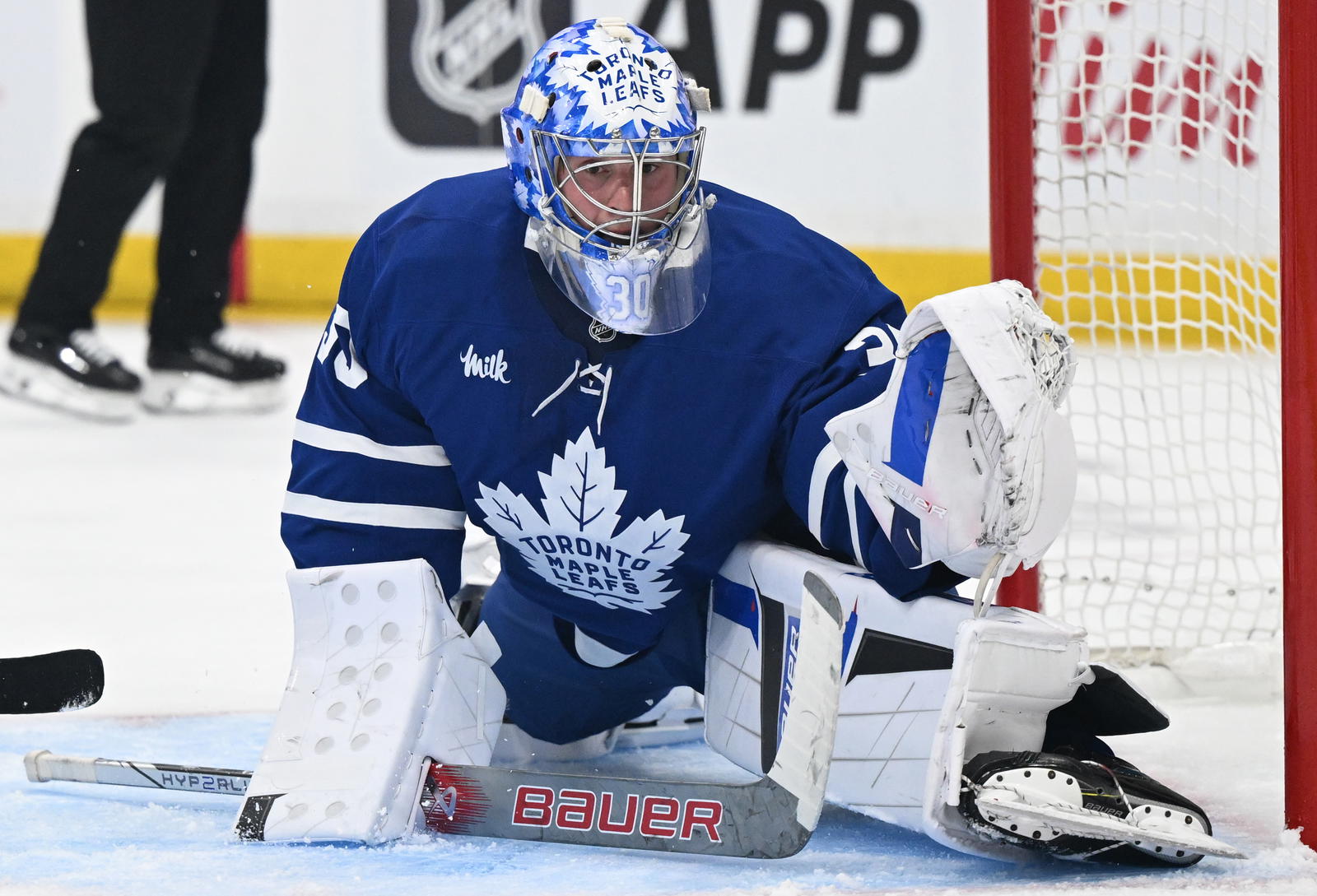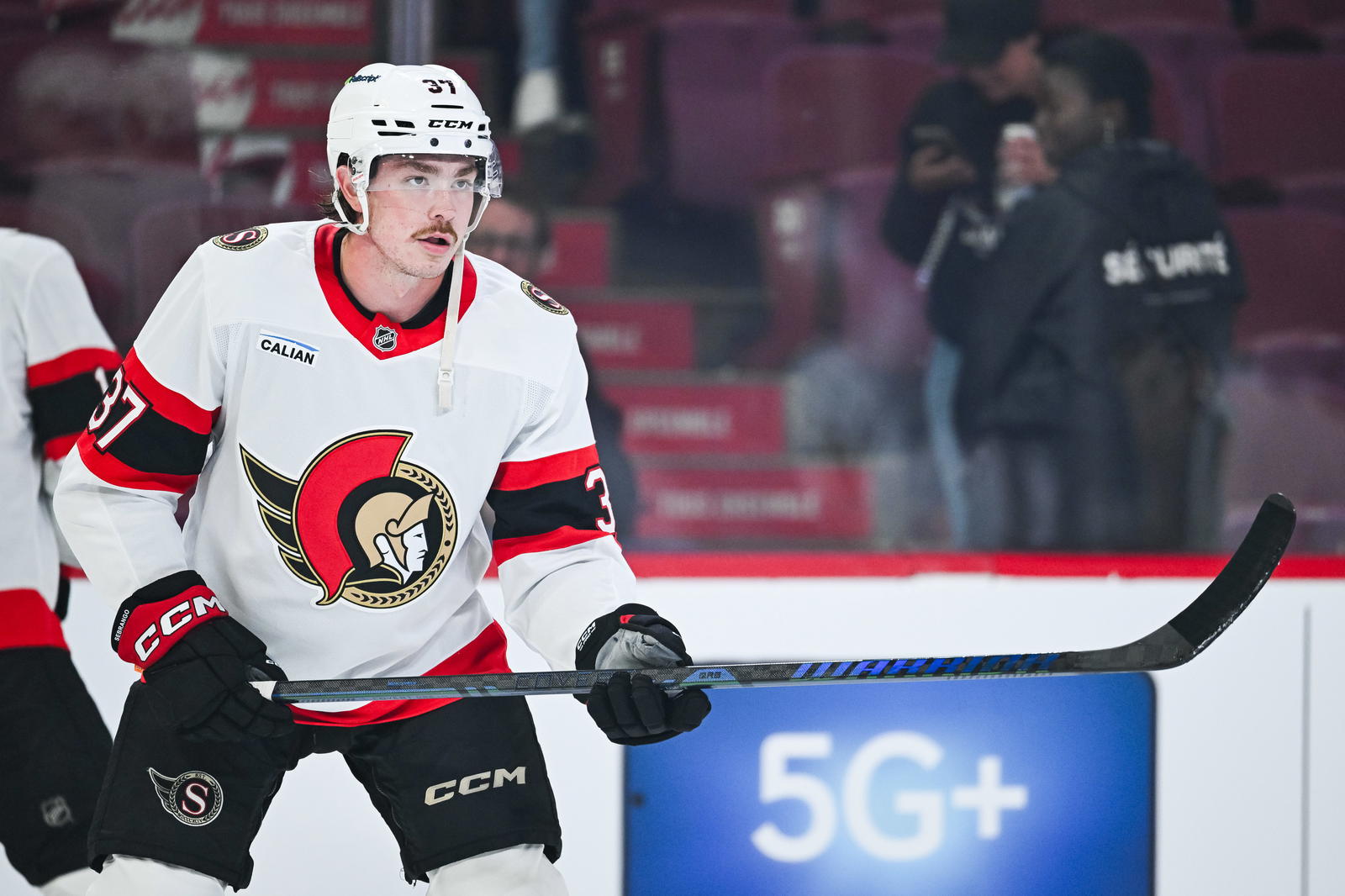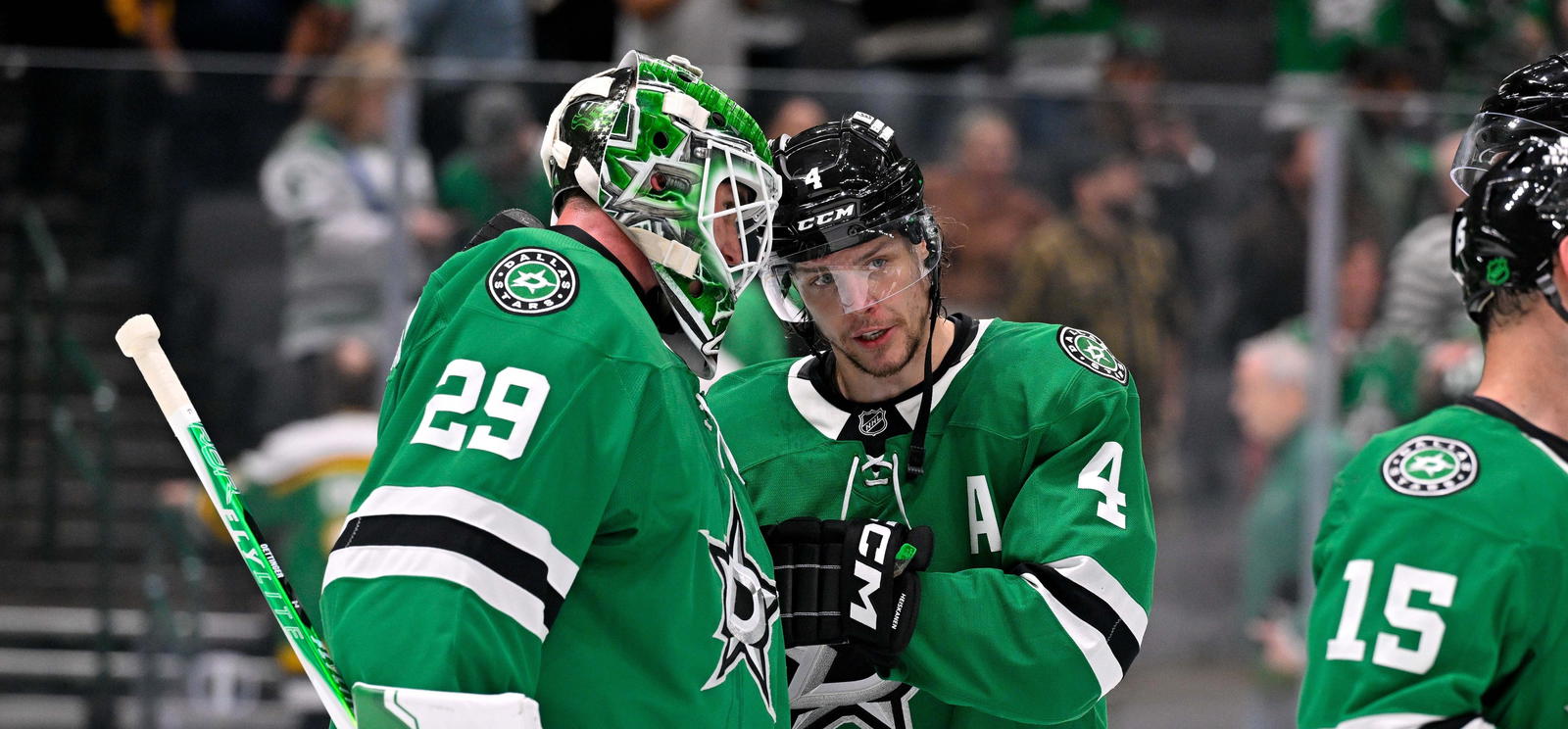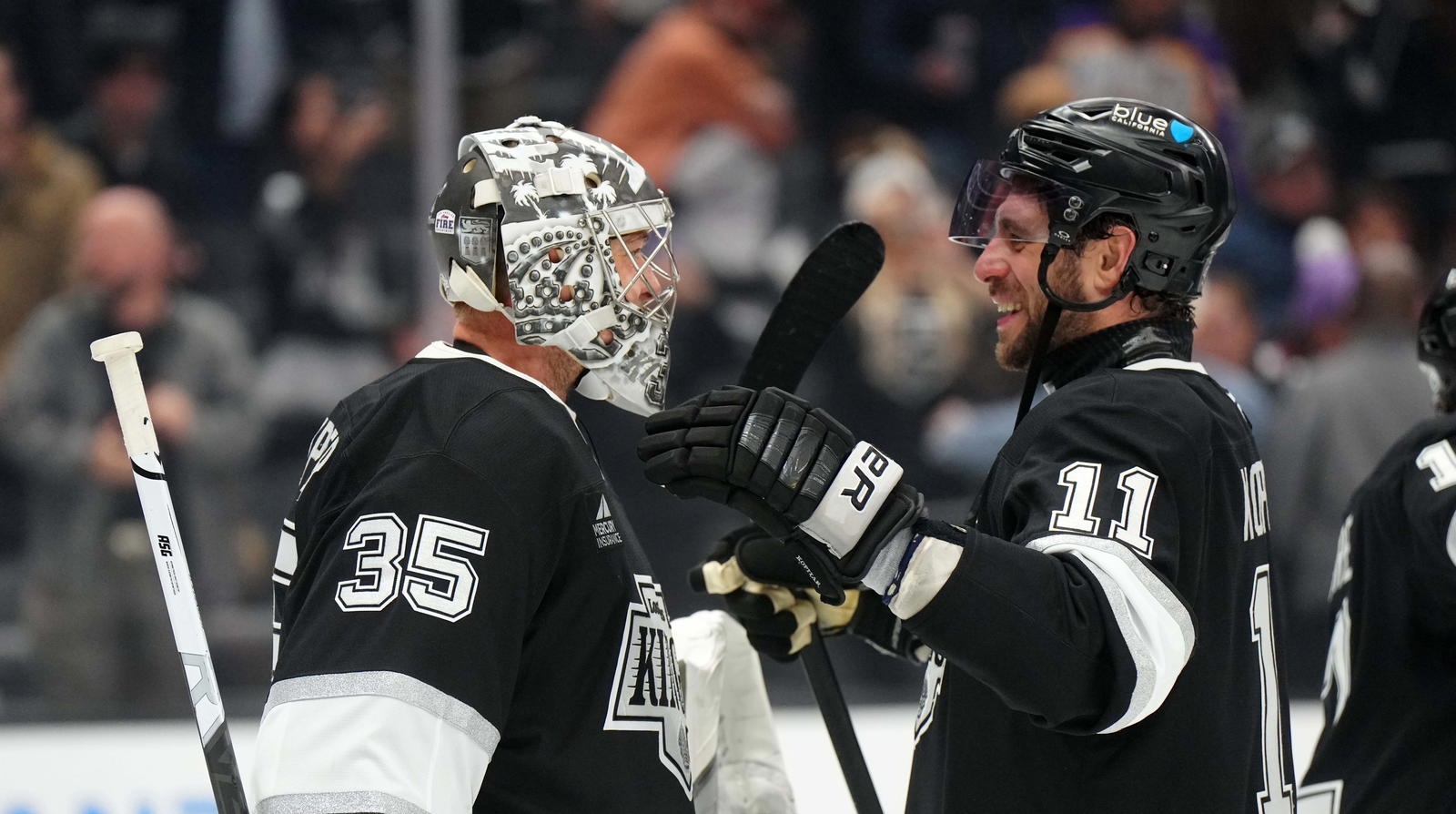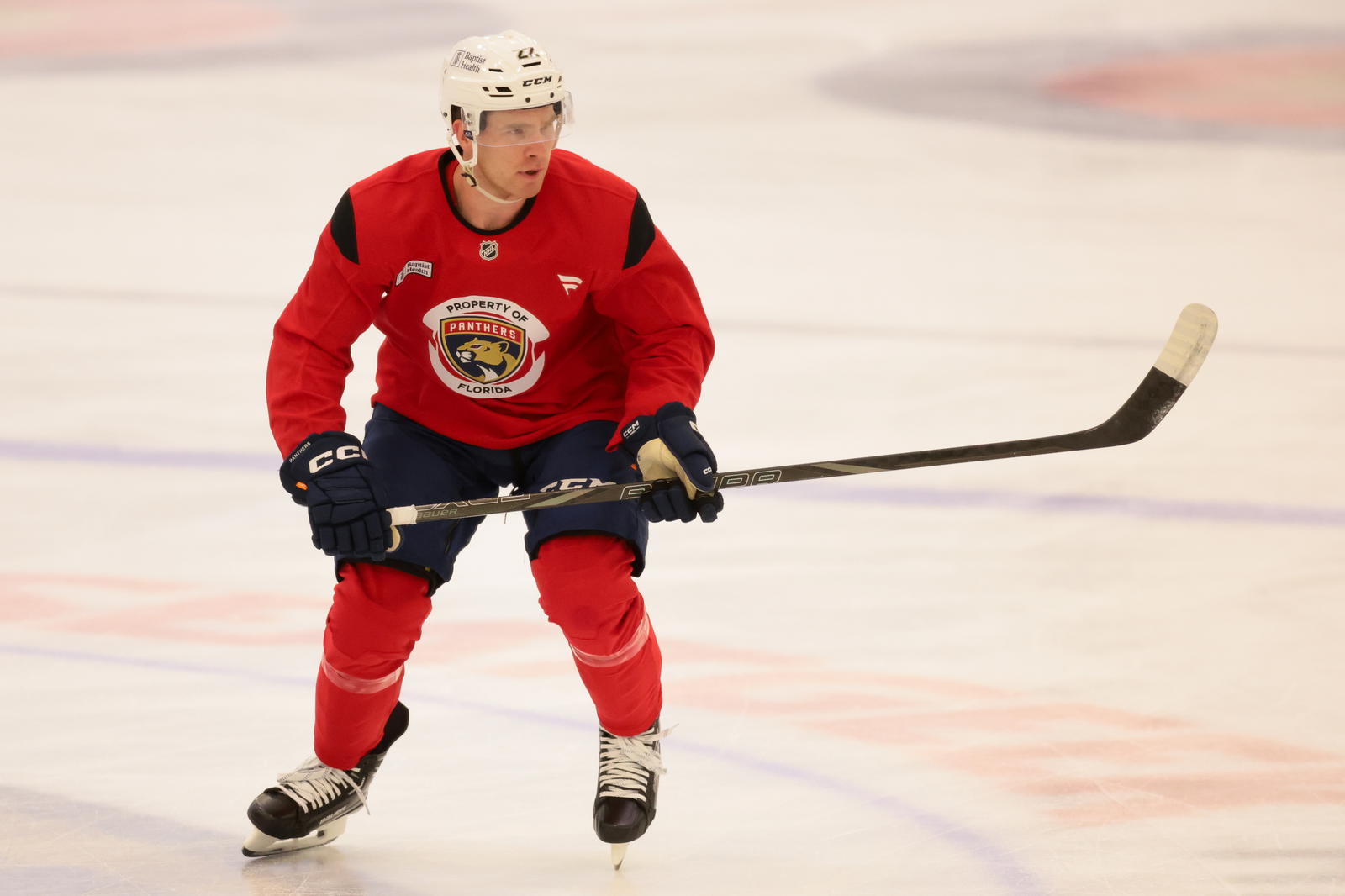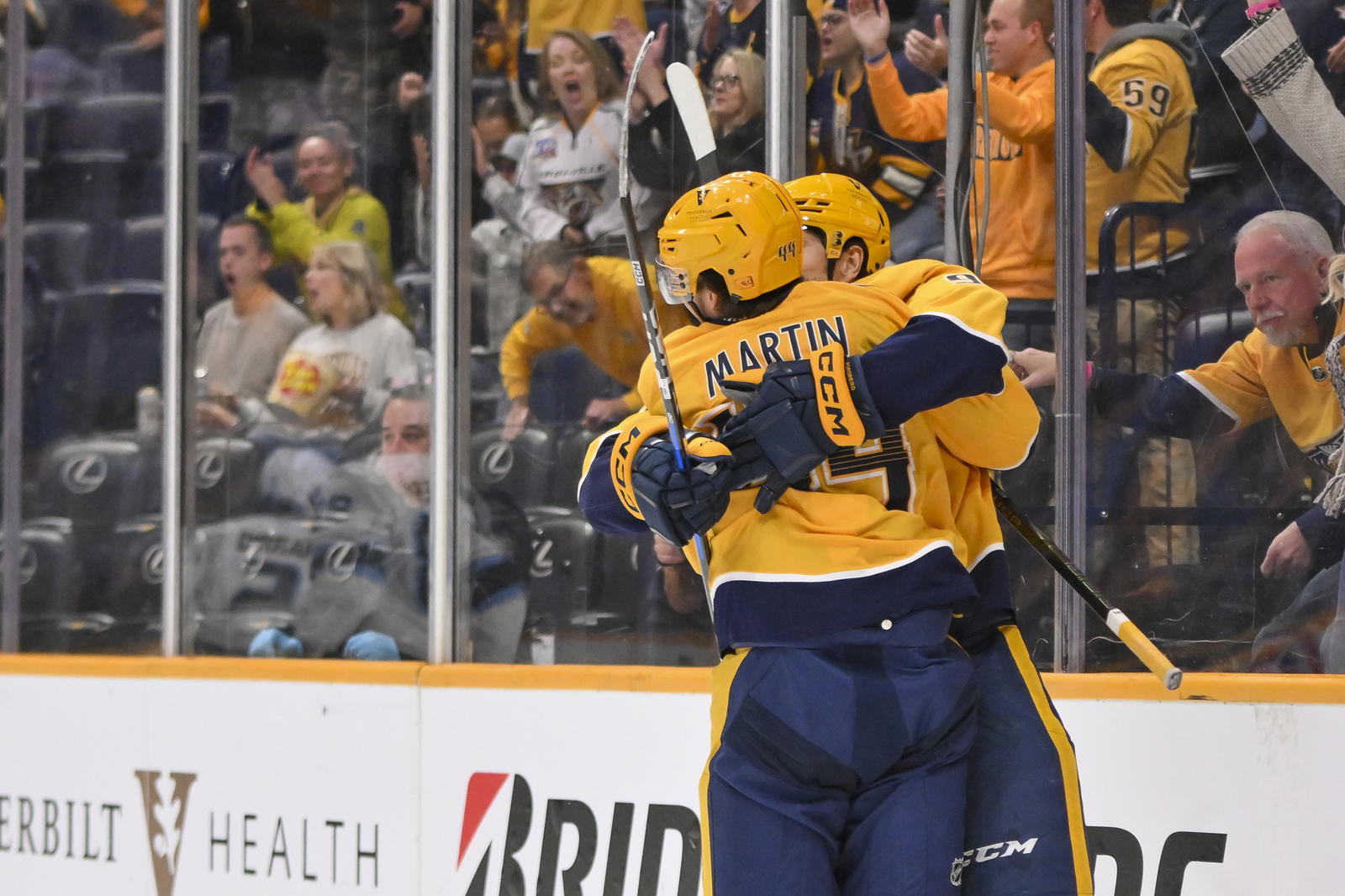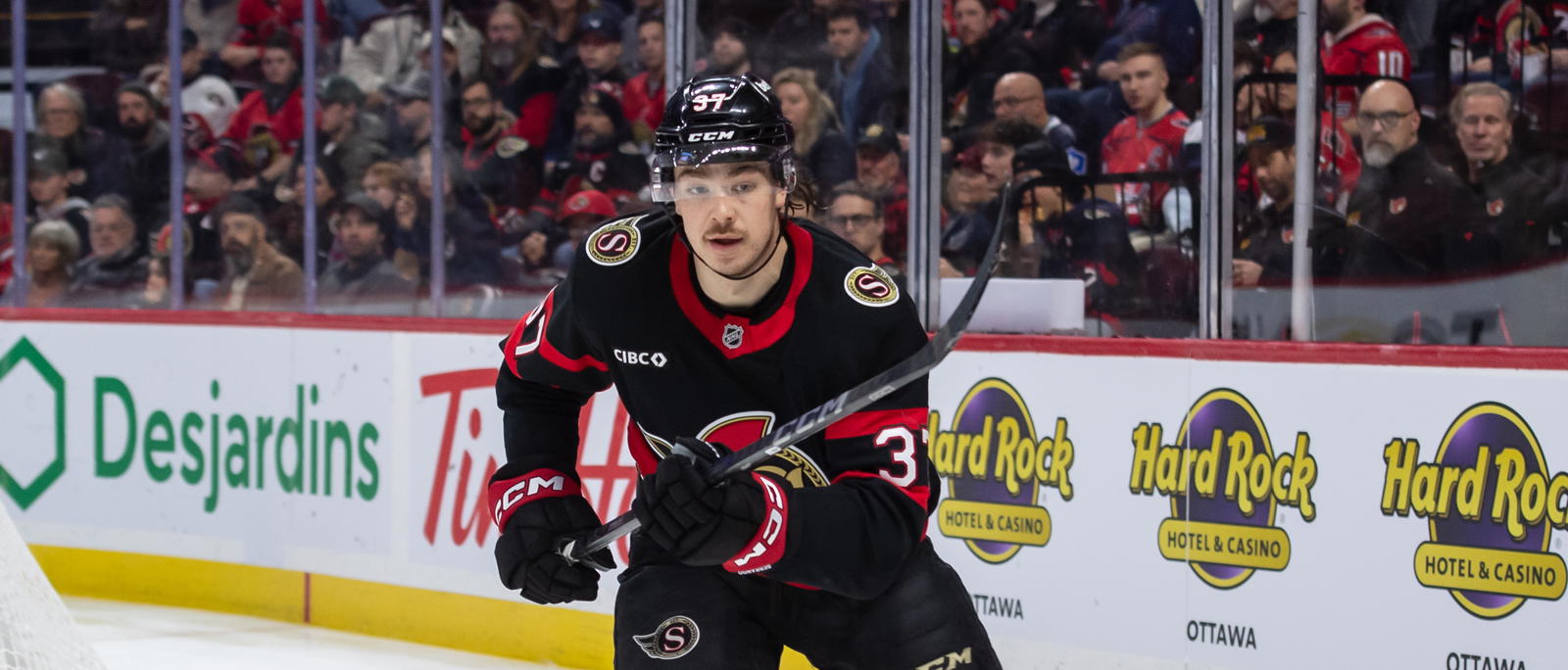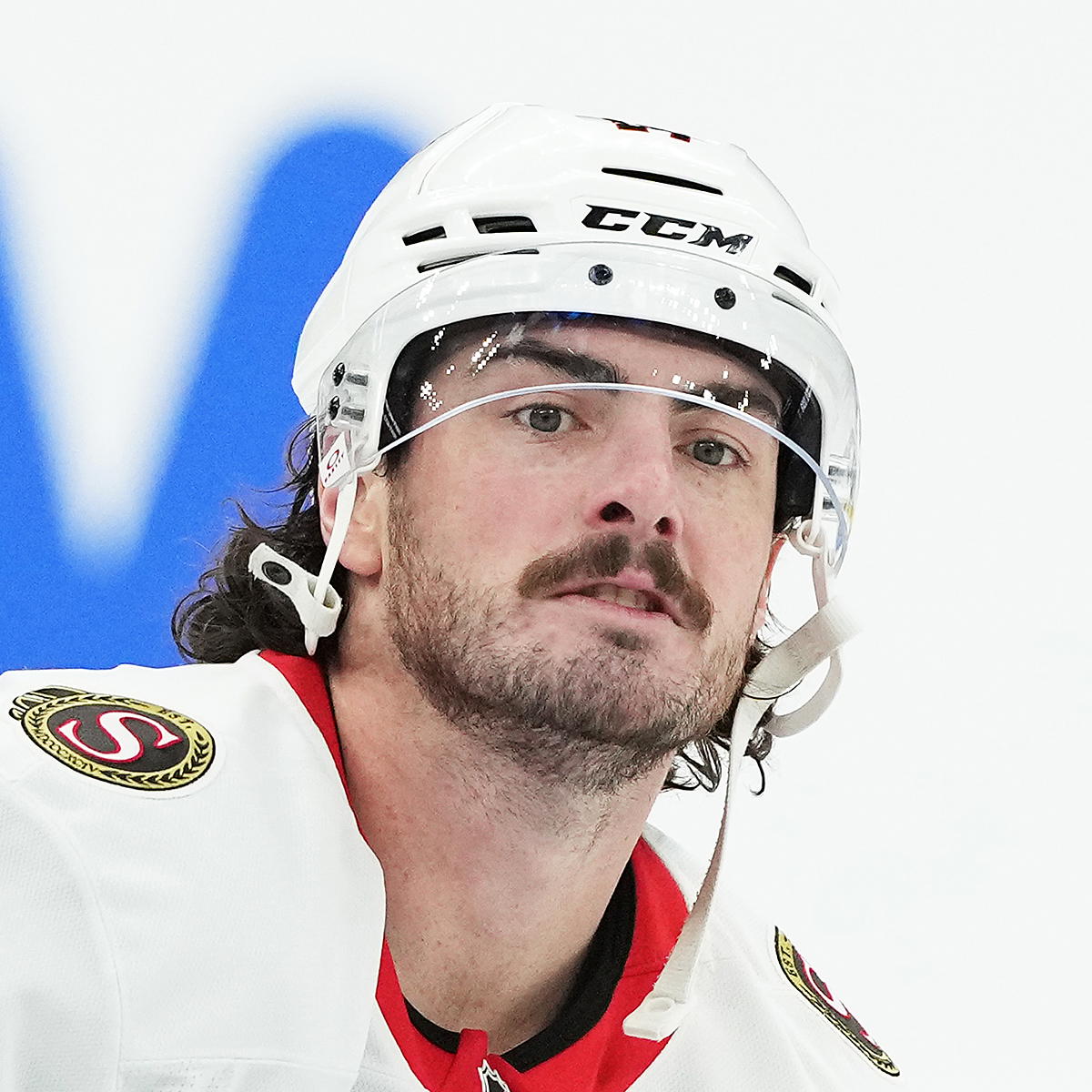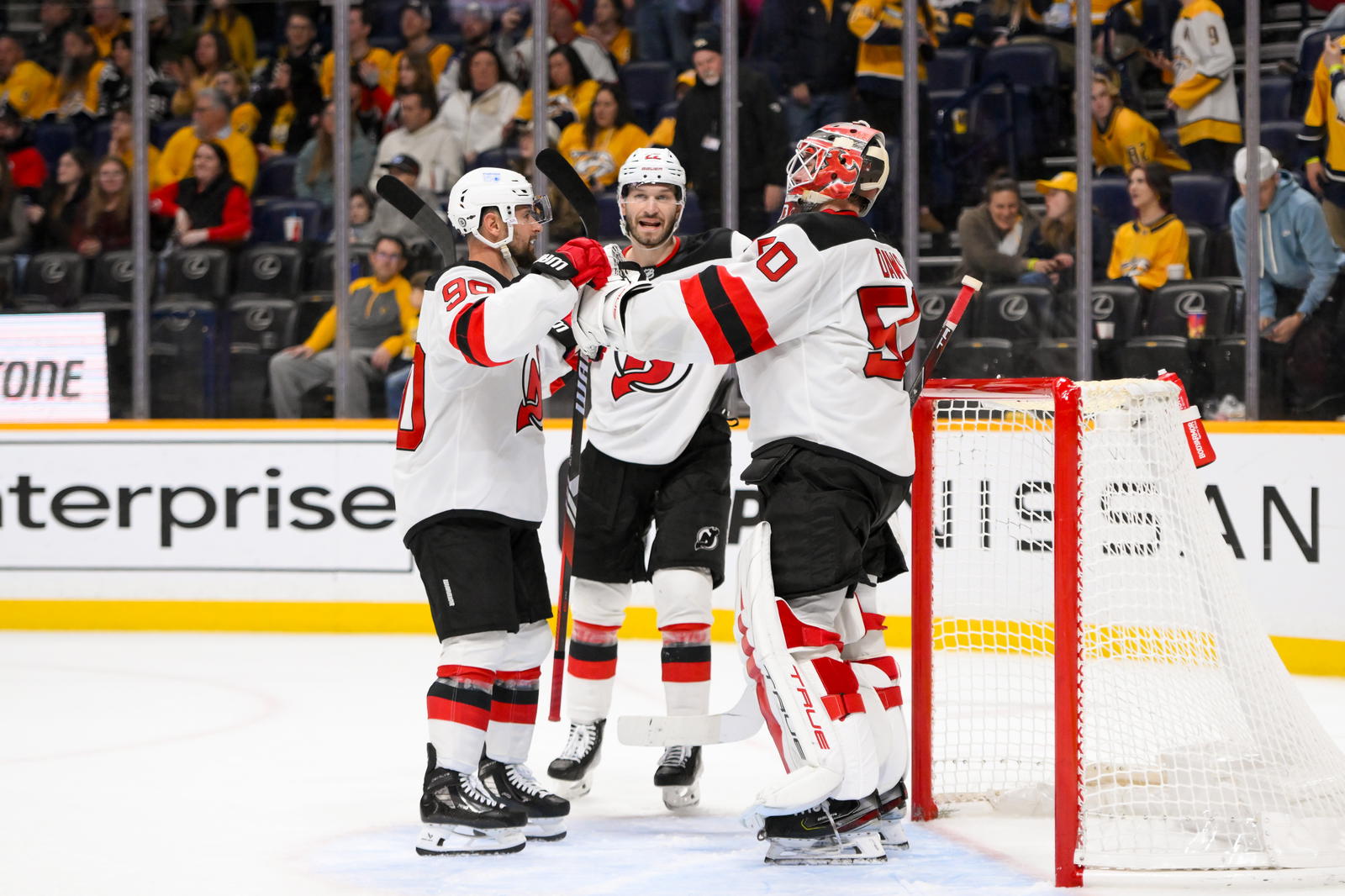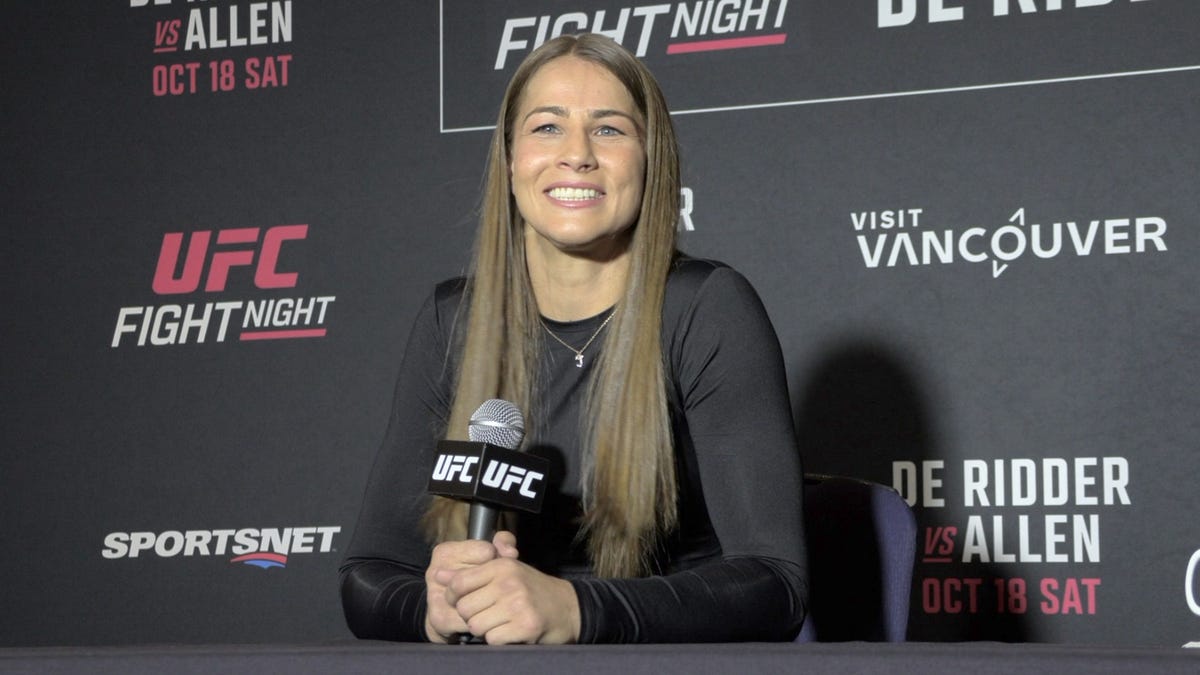Some ideas make hockey traditionalists squirm, and for the Philadelphia Flyers, one of those ideas is playing three “small,” puck-moving defensemen in the same lineup.
For decades, this team’s defensive DNA has been built around mass and meanness—guys like Derian Hatcher, Chris Pronger, and, more recently, defined what it meant to wear orange on the blue line. Big frames, big reach, and bigger hits. But now, the Flyers are staring down an uncomfortable truth about the modern NHL: size still matters, but speed, vision, and touch might matter more.
It’s an old anxiety dressed in new language. Coaches and fans alike talk about “defensive stability,” “netfront presence,” and “board strength”—all euphemisms for wanting a group of defensemen who can make a living out of cross-checking someone into the dasher and surviving the ensuing net scramble.
Philadelphia’s current defensive logjam forces a philosophical question:
If Cam York (6’0”, 194 lbs.), Jamie Drysdale (5’11”, 185 lbs.), and Emil Andrae (5’9”, 189 lbs.) are all too good to sit (on paper, at least), can the Flyers live with a blue line built around brains and mobility rather than brawn?
York’s breakout efficiency and zone-exit success rate have solidified him as a promising young puck mover. Drysdale’s skating and transitional game are the foundation of his value—he’s a rover, not a bruiser. And Andrae, though undersized, has shown poise under pressure; he’s the kind of player who doesn’t panic when a forecheck closes in—he manipulates it.
Rick Tocchet, to his credit, isn’t recoiling at the thought.
He’s said he’s open to testing out a system that allows all three to play their game—a modern blue line defined by pace, puck movement, and positional reads rather than brute-force defense.
York and Travis Sanheim have become the Flyers’ de facto top pair, and they work because Sanheim is a rangy safety valve who can cover for York’s offensive activations. But York is no longer the “kid who needs sheltering.” His reads are sharp, and he rarely forces plays that aren’t there.
York’s control of tempo—the way he draws in pressure and opens seams—is something few Flyers defensemen have possessed in years. He’s an “offensive defenseman” only in the sense that he thinks the game like a forward; defensively, he’s actually one of the better positional players on the roster.
If Sanheim can continue eating minutes and using his skating to close space in the neutral zone, this pairing could become a model of how mobility and intelligence can replace sheer muscle.
Pros: Elite puck movement from both sides, clean exits, power-play stability.
Cons: Vulnerable below the hashmarks against heavy forechecking teams; prone to being hemmed in if they lose a retrieval battle.
Jamie Drysdale might be the most polarizing figure in this conversation. His gifts are obvious: he’s an elite skater, deceptive in motion, and fearless in joining the rush. But his play without the puck remains a work in progress, and pairing him with someone who can insulate that risk is critical.
That’s where Nick Seeler or Adam Ginning enter.
Seeler brings that “old Flyers” edge—he defends the crease like a junkyard dog and isn’t shy about dropping the gloves. Ginning, meanwhile, is a younger, more technical version of that archetype: steady, low-event, physical but not reckless.
Pairing Drysdale with either creates an intriguing dynamic—call it speed and steel. Drysdale’s skating draws opposing forecheckers out of structure, while his partner can handle the dirty work along the walls. The key is chemistry; Drysdale needs to trust his partner enough to take creative risks, and that only happens when he knows someone’s got his back defensively.
Pros: Balance of skill and grit, effective counterattacks, strong retrieval-escape mechanics.
Cons: Risk of mismatched pace; Seeler’s puck-handling could limit Drysdale’s options in motion.
And then there’s Emil Andrae, the wildcard who could redefine what’s possible for this team’s blue line. At 5’9”, he’ll never be the biggest guy on the ice, but he plays big—not in body, but in conviction.
Andrae’s skating is explosive in short bursts, and his deception with the puck—hip fakes, shoulder drops, the subtle change of angle before a pass—is already NHL-caliber. He sees the game at a half-second delay, which allows him to make plays most defensemen don’t even spot.
If Tocchet pairs him with Egor Zamula or Noah Juulsen, the contrast becomes fascinating. Zamula is all reach and finesse—long stick, calm under pressure—but lacks bite. Juulsen brings the opposite: strength, edge, defensive reliability, but limited puck skill.
With Zamula, that pair would look like a risk-taking experiment in control and spacing—two defensemen relying entirely on skating and anticipation rather than body positioning. With Juulsen, Andrae would have the freedom to roam, knowing he has a physical net protector beside him.
Pros: Instant improvement in puck movement and power-play orchestration; quick-strike breakout potential.
Cons: Potential defensive fragility; vulnerable netfront coverage if chemistry falters.
The nightmare scenario, according to the skeptics, is a blue line that gets bullied in its own zone. The truth is more nuanced.
A trio of York, Drysdale, and Andrae would give the Flyers unprecedented control over the puck. Instead of flipping it out under pressure, they could escape pressure. Instead of relying on dump-and-chase transitions, they could drive controlled zone entries.
In short: the Flyers could start playing modern hockey.
The system would require tight forward support—centers tracking deep, wingers collapsing earlier—and goaltenders comfortable handling pucks to ease the retrieval load. But if executed properly, this lineup could shift the team’s style from reactive to proactive.
This is where philosophy enters the room. For years, Philadelphia’s identity has been built on physicality, punishment, and a degree of hostility. But the NHL’s elite defensive cores are now built around movement, transition, and control.
Rick Tocchet, of all people, understands that the Flyers can’t skate backward into the future.
He’s said it himself: he wants puck movement. He wants his defensemen to join the rush. He wants to play a quick, possession-based game. That’s the language of a coach who knows that winning ugly only works if you can still get the puck.
The Flyers’ biggest question isn’t whether three puck-moving defensemen can coexist—it’s whether the organization is ready to embrace the growing pains that come with letting them.
Emil Andrae was sent back to the AHL on Wednesday, even after having an impressive performance against the Florida Panthers on Monday. Which begs the question—short of him growing five inches and gaining 15 pounds overnight—will the Flyers ever give him a fair shot at being the NHL defenseman he’s proven himself to be?
At this point, it’s really starting to feel like no matter how well Andrae does, he’s never going to get that chance as long as he’s with the Flyers. And if that’s the case, fine. But don’t keep stringing Andrae along like the Snapchat side chick you keep around “just in case.”
Danny Briere has proven that he tries to do right by his players when it comes to trades. If they truly want to build a defense that prioritizes size and physicality, then the right thing to do by a young, talented defenseman is to let him go to a team that will give him the ice time he deserves.
Playing York, Drysdale, and Andrae together isn’t a weakness. It’s a challenge—a stylistic experiment that tests whether the Flyers can evolve without losing their edge.
Will there be defensive lapses? Absolutely. But there will also be more controlled breakouts, more sustained offensive pressure, and, perhaps most importantly, a brand of hockey that looks like where the game is going rather than where it’s been.
And if Tocchet truly leans into it, the Flyers might finally find something they’ve been missing for years—a blue line that doesn’t just survive the modern game, but drives it.

